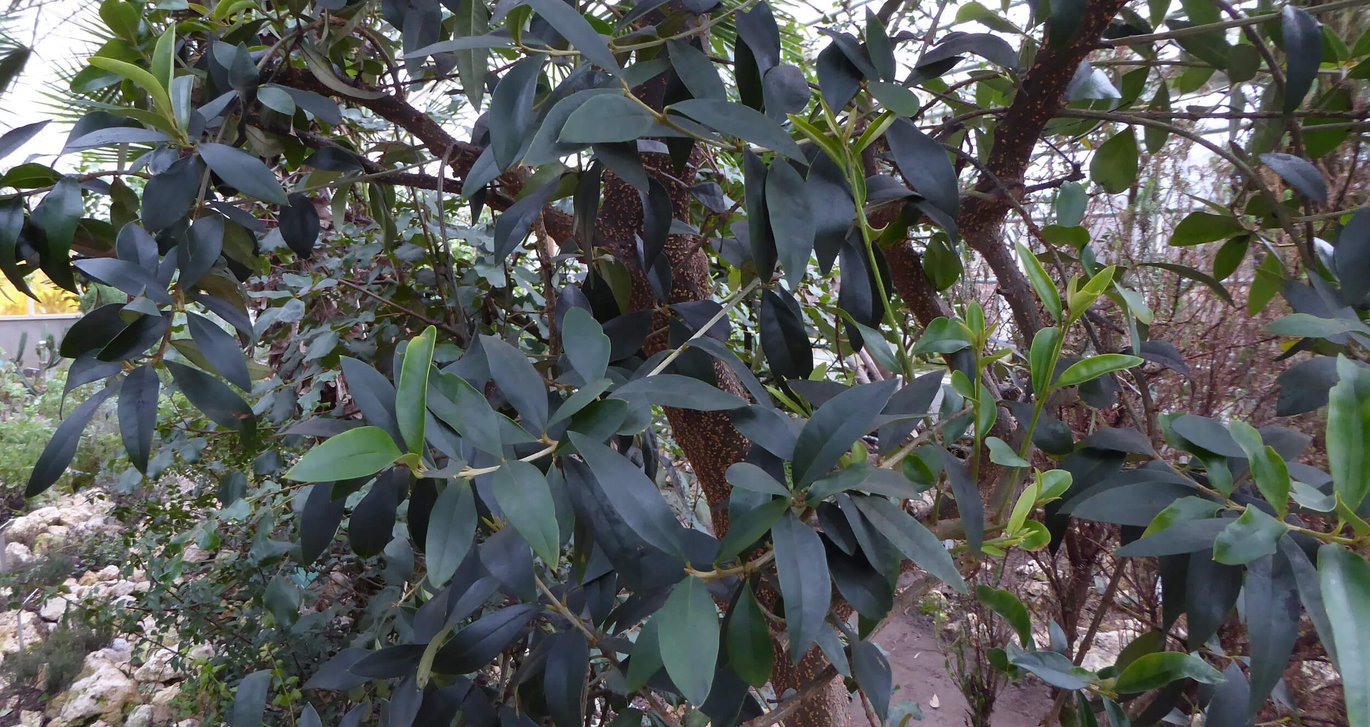Olive
Olive trees grow slowly — but they can be more than 1,000 years old.

The olive branch as peace symbol
The olive branch was a symbol of peace in both ancient Greece and ancient Rome.
The UN's official emblem consists of a world map enclosed by the olive branches, the world map symbolising the world's population and the olive branches symbolising peace.
The symbol has perhaps developed because very old trees are a sign of stability and thus peace.
Olive cultivation and oil production
Olive trees have been cultivated in the Mediterranean region since ancient times. Both pulp and seeds contain oil. Olive oil is the most important fat and one of the most important commodities in the area. 90% of all olives are used to make oil.
Olive processing
Fresh olives are very bitter and completely inedible, and they have to undergo a long process before they become edible. First, the fruits are put into a solution of caustic soda for 6-8 hours. The solution softens the skin of the fruit and extracts bitter substances. Afterwards, the fruits are rinsed thoroughly and placed in a brine for one to six months. The longer they are in the brine, the better the shelf life.
Fact box:
- Greenhouse location: Mediterranean house
- Danish name: Oliven
- Latin name: Olea europaea
- Family: Olive family / Oleaceae
- Natural habitat: Mediterranean region